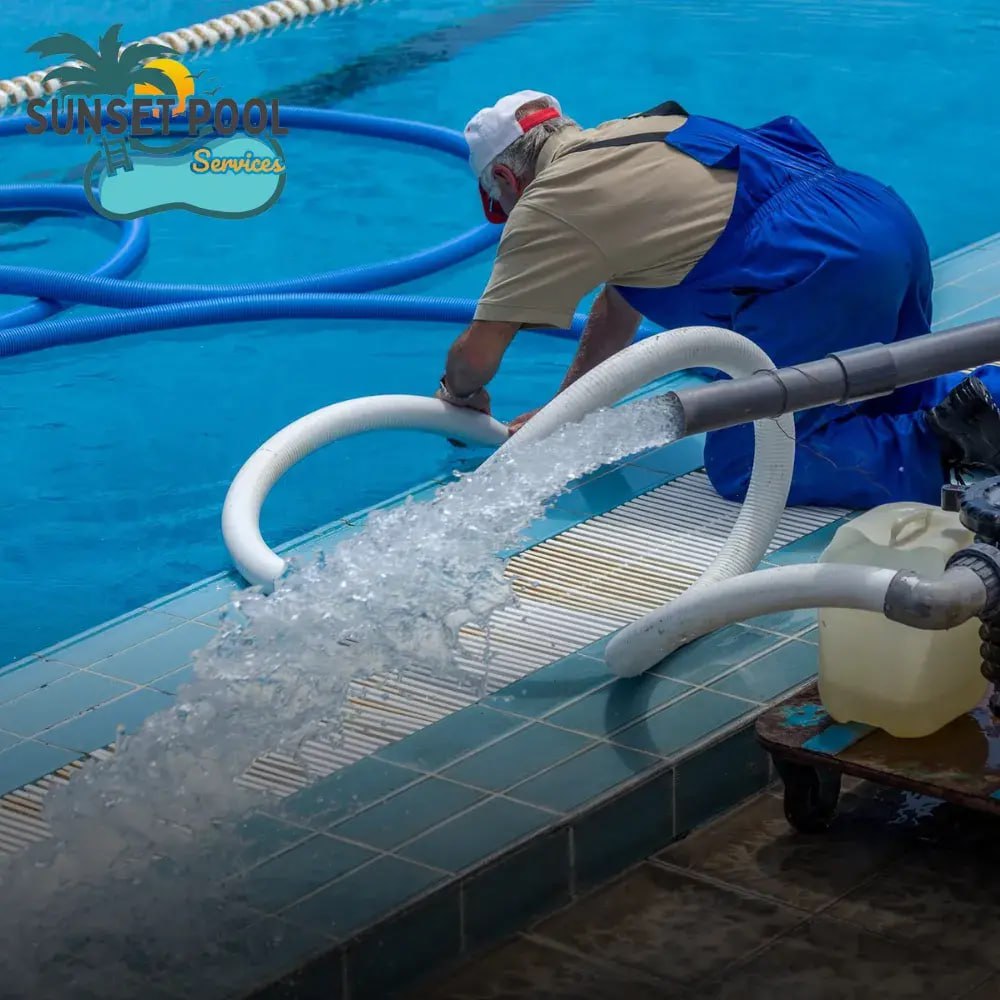Pools often experience different usage patterns throughout the year, making it essential to adapt cleaning schedules to suit seasonal changes. Tailoring maintenance routines to match seasonal demands ensures a clean, safe, and efficient pool year-round, while also reducing unnecessary effort during low-use periods. Effective pool maintenance not only enhances the swimming experience but also extends the lifespan of pool equipment.
Adjusting Cleaning Routines for Peak Summer Use
During summer, pools see the highest usage, with more swimmers and extended hours of operation. This period demands a more rigorous cleaning schedule. Increased debris from wind, swimmers, and nearby vegetation requires daily skimming to maintain clear water. Additionally, the higher usage rate means filtration systems work harder and must be checked and cleaned more frequently to ensure optimal performance.
Water chemistry also fluctuates more in summer due to the combined effects of heat, evaporation, and heavy usage. Testing water levels multiple times a week becomes crucial to maintain proper pH, chlorine, and alkalinity levels. Regular brushing of walls and vacuuming of the floor are essential to prevent algae buildup, which thrives in warm, sunny conditions. These steps are fundamental aspects of effective pool maintenance during the peak season.
Adapting Maintenance for Spring and Fall Transitions
Spring and fall are transitional seasons where pool use varies depending on the climate. In spring, reopening a pool after winter often involves removing covers, deep cleaning surfaces, and balancing water chemistry. This period requires thorough inspections for damage or debris accumulated during the off-season. Ensuring proper pool maintenance during this time sets the stage for a trouble-free summer.
During fall, as usage declines, cleaning routines can be scaled back, but debris removal remains critical. Falling leaves and organic matter from nearby plants can quickly clog filters and promote algae growth if not addressed promptly. Adjusting the frequency of vacuuming and skimming ensures the pool stays clean without overburdening maintenance efforts.
In both seasons, testing water chemistry weekly is sufficient to maintain balance. Equipment such as pumps and heaters should also be inspected during these times to prepare for heavier or lighter workloads in the coming months. Regular pool maintenance throughout these transitions helps prevent costly repairs and extends the life of the system.
Winter Maintenance for Pools in Off-Season
For pools that are not used in winter, proper preparation ensures they remain in good condition until spring. Winterizing involves lowering the water level, thoroughly cleaning all surfaces, and adding appropriate chemicals to prevent algae growth and damage from freezing temperatures. Covers must be securely fitted to keep out debris and protect the pool from harsh weather conditions. This form of seasonal pool maintenance is essential to avoid long-term damage.
If the pool remains operational during winter, maintenance routines should focus on minimizing energy use while keeping the water clean and safe. Reducing filtration system run times and occasionally checking water chemistry can help manage costs and maintain cleanliness during this low-use period. Even in the off-season, consistent pool maintenance ensures that the pool remains in optimal condition for future use.
Year-round awareness of seasonal needs ensures that cleaning schedules remain efficient and tailored, preserving the pool’s longevity and usability. By adapting to seasonal demands, homeowners can achieve a cleaner and healthier pool environment while reducing overall maintenance costs.
Read More:
Common Mistakes in Pool Maintenance Scheduling and How to Avoid Them

